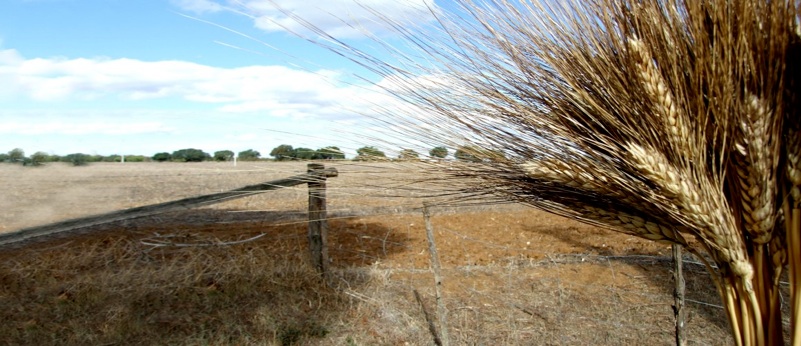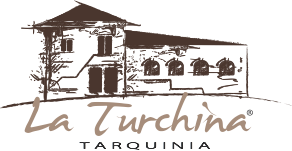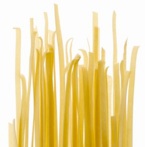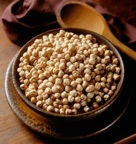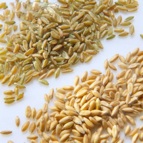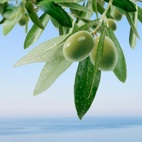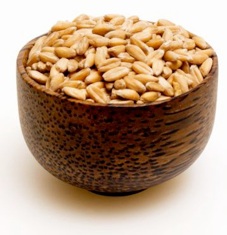Spelt is the oldest cereal among those consumed by humans. The first mentions of this cereal are found in the Bible ... It was known and grown in the Egypt. Ezekiel used it as an ingredient for its bread (Ezekiel 4:9). The spelt flour was the basis of the diet of Latin populations.
It seems that the place of origin of this cereal has been Palestine, hence it is widespread in Egypt (has been found in Egyptian tombs) and Syria (it is already mentioned in the works of Homer).
For centuries spelt was the basical food for Ancient Romans: it was considered extremely valuable, served as fact by bargaining, and it participated in the ritual of marriage (cumfarreatio): the wife offered to her husband a sweet bread made with Spelt flour, which consumed together. Spelt was also used in some religious ceremonies, as a gift to the gods . Moreover, the word “flour” derives from the root far, the Latin word for "spelt."
Spelt is a herbaceous plant of the family Gramineae. There are three types: Triticum dicoccum, spelt or medium itself, Triticum spelta, also known as “spelt” spelt or greater, and Triticum monococcum, also known as small spelt.
Spelt has had a remarkable success thanks to the fact that grows well in poor soils and it is very resistant to cold.
With the advent of other cereals in the Middle Ages was gradually abandoned as the yield per hectare is not very high and the collection is difficult because the grains tend to fall on the ground as they ripen.
Spelt grows well on land nutrient poor, hilly areas between 300 and 1,000 meters above sea level, but in the "Turchina" (280 m), we are very lucky because our land is full of organoleptic properties such as to give our Cereals an abundance of protein and gluten and a full taste. We sew our spelt, both “Spelt” and “Dicoccum”, between November and December, on land previously prepared using seed dress. As it is our normal practice, adhering to the Disciplinary Organic agriculture former Reg. EEC 2092/91, the preparation of the land does not use herbicides. The plan is robust and it doesn’t need of fertilisers (even organic), being resistant to cold, disease and weeds agents.
The collection, slightly later than the wheat, is made in the summer with normal machines used for the harvest of wheat: the seed, at the end of threshing, still the protective casing, which needs a further phase processing (called "sbramatura" or "glazing") [shone yield is equal to about 60-70% of the initial product]. This incident, linked to the low yield, has made spelt less "popular" than wheat and has in fact pushed the farmers to turn towards.
Since most crops under the Organic Farming yields per hectare production are considerably lower, we naturally decided to recover the ancient seeds, rediscovering the goodness of spelt and other traditional cereals.
This grain is marketed in two forms: “peeled” spelt (or simply spelt) and “pearl” spelt .
Spelt is a "dressed" cereal, as the glumetta, external film grain, rich in fiber, is super tight and is not removed from normal refining cylindrical roller which is subject wheat.
“Peeled” Spelt retains glumetta intact, which is rather avoided in “pearl” spelt, which has a much clearer color and it’s cooked in a lesser time.
